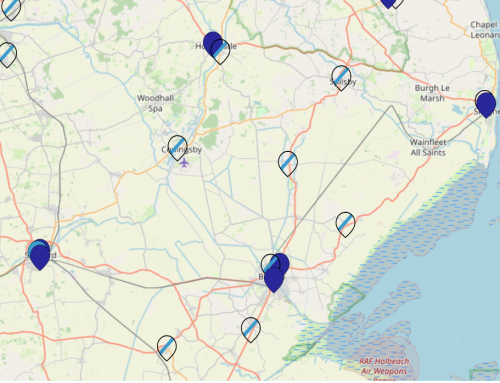 Ofsted and the Care Quality Commission have reviewed the Special Educational Need and Disability (SEND) services run by Kent County Council and say the authority has ‘not made sufficient progress in addressing any of the significant weaknesses’ in the service which were first identified by a full inspection in 2019.
Ofsted and the Care Quality Commission have reviewed the Special Educational Need and Disability (SEND) services run by Kent County Council and say the authority has ‘not made sufficient progress in addressing any of the significant weaknesses’ in the service which were first identified by a full inspection in 2019.
The Ofsted report points out some failings that suggest Kent’s selective school system is partly to blame for the issues. ‘There is a widely held view among parents and some schools that certain secondary schools, in particular, are not inclusive.’ It also highlights, ‘The lack of willingness of some schools to accommodate children with SEND.’
Grammar schools, by their very nature, cannot be inclusive schools, with the vast majority of SEND pupils not sitting or passing Kent’s 11-plus. Kent’s selective secondary system offers 32 grammar schools and 69 non-selective schools. In an average Kent grammar school just 3.9% of pupils have SEND support, while in a Kent non-selective school the figure is 12.1%. Kent grammar schools typically educate 0.4% of pupils with education, health and care plans while local non-selective schools educate 2.6% of these vulnerable pupils.
Although one Kent grammar school has specialist provision for autism and admits a relatively high proportion of neurodiverse pupils, two Kent grammar schools admit less than 1% of SEND pupils. Many Kent non-selective schools have very high proportions of SEND pupils, indeed five secondary schools educate a quarter or more pupils who need SEND support.
Comprehensive Future Chair, Dr Nuala Burgess, said, “What this Ofsted report proves is that Kent’s selective system actually works against the best interests of SEND pupils with vulnerable pupils effectively excluded from grammar schools. Selection also means that Kent’s non-selective schools are educating a disproportionately high number of SEND pupils with all the additional costs and teacher time that pupils with additional needs require. I find it hard to believe that Kent County Council can justify this unfairness at a time when all schools are so desperately short of funding.”
“It is a fact that in areas which use the 11-plus to decide which type of secondary school children attend, a disproportionately high number of SEND pupils, children in care and disadvantaged pupils attend non-selective schools while advantaged, middle-class pupils attend grammar schools. There is something highly questionable about an education system which allows any school to reject whole groups of learners and they do so using a test for which there is no accountability and little transparency.
“It is positively Dickensian to support an education system which means that the poor and disadvantaged are taught separately from pupils who come from more comfortably off families. We do not believe that such a socially and educationally regressive approach to educating children is welcomed by the majority of parents.”





